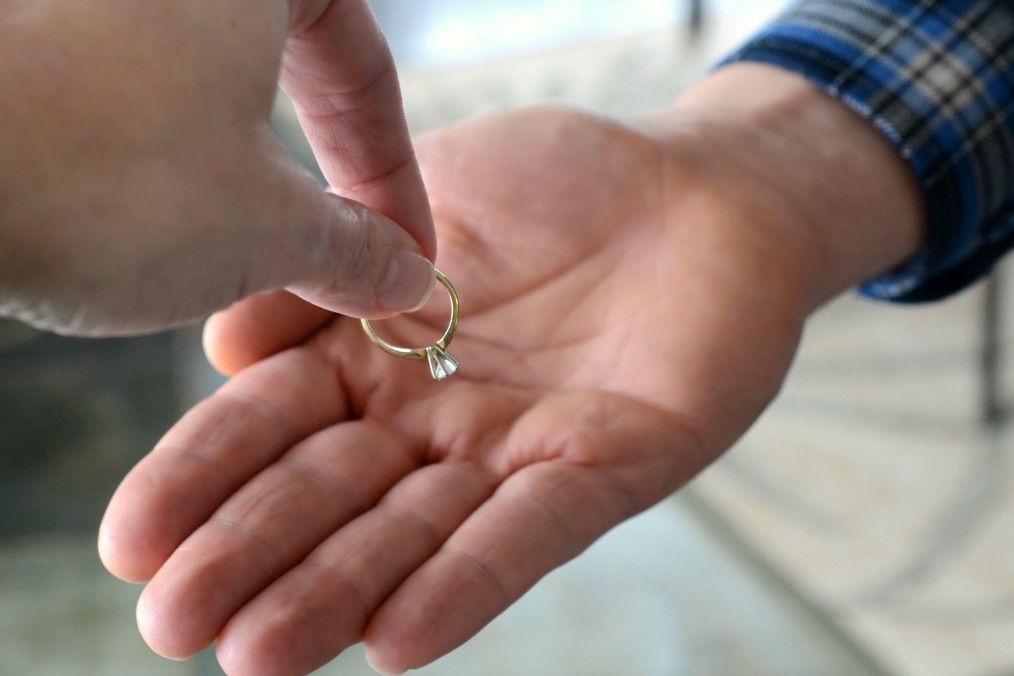Predictions at the start of the pandemic forecasted massive spikes in divorce rates as couples were forced to spend more time together, quarantined under stressful circumstances. But while parts of those predictions came true to an extent, there were some other, unexpected effects on divorce and marriage rates during the whole of the pandemic.
Here’s what data tells us about the real results of the pandemic on divorces in the US.
Divorce Predictions: What They Got Right and Wrong
At the start of the pandemic, it looked like the dire predictions would come true. The number of new marriages in Japan, Italy, Russia, and Turkey all decreased significantly in 2020 compared to the previous year. And in China, divorce filings piled up to extremes after their lockdown ended in March. However, in many countries, a decrease in people getting married didn’t necessarily translate into already-married people getting divorced.
Although divorce rates initially remained consistent with average numbers during the COVID-19 pandemic, they have since slowed to a below-normal rate. However, that doesn’t mean that the pandemic has made people happier in their relationships; couples may simply be delaying divorcing due to financial strain. Factors such as stress over homeschooling children, finances, and cabin fever have certainly affected relationships over the past two years.
What Actually Happened in the US
According to a study the American Family Survey, a July 2020 nationwide survey of 3,000 respondents showed no significant increase in divorce rates or overall relationship changes in the first months of the pandemic. Of those surveyed, only 6% said they were more likely to divorce, separate, or break up since the start of the COVID-19 pandemic; 2% already had divorced or broken up; 8% said they were less likely to break up; and 84% said there was no change in their feelings about their relationship.
Of respondents aged 55 and younger, 7% said they were postponing their marriage because of the pandemic.
However, even though divorce numbers didn’t go up immediately, that doesn’t mean that the pandemic hasn’t had a negative effect on relationships. According to one source, the sale of online self-help divorce agreements rose by 34% in the spring of 2020, and many lawyers saw an increase in interest in beginning divorce proceedings. A reported 34% of couples under 55 also reported increased marital stress due to the pandemic, even if that stress didn’t translate directly into divorces.
Although the numbers of divorces during the pandemic don’t match predictions, that doesn’t mean all is well. Couples are still facing significant stress and may be waiting for more certainty in their finances or employment before filing for divorce.
Factors Affecting Marriages and Divorces During the Pandemic
Several significant stressors have played a part in family dynamics and relationship issues over the past two years of the pandemic:
Quarantine Time
Throughout portions of 2020 and 2021, families in many areas were required to quarantine at home – meaning much more alone time. Close quarters, limited access to entertainment, fresh air, and social interaction, and stress over homeschooling children has likely affected relationships in negative ways.
Financial Stress
Financial strain plays a substantial role in driving people apart, and there has been no shortage of financial stress during the coronavirus pandemic. 36% of divorced individuals surveyed said that financial problems were a cause of their divorce. With unemployment and inflation up, the financial stress caused by the pandemic has certainly affected American families.
Children at Home
COVID-19’s impact on childcare and school has also been a source of concern and stress. Many children were required to attend school virtually from home, or for younger children, childcare options became limited, leaving parents responsible for caring for children while still working full-time. The new division of labor between working parents in providing childcare has been a cause of strife for many.
Gathering Limits
Limits placed on social gatherings affected families and couples, specifically in couples looking to marry, as this is one of the main reasons why many marriages were postponed.
How Couples Can Combat Stressors During Stressful Times
For many couples, the COVID-19 pandemic has been just one more “unprecedented time” during a lifetime of managing hardships together, although it may be one hurdle that takes some new coping skills to overcome successfully. Some coping skills that can help relationships during stressful periods include:
- Give each other enough space. While you may be confined to the same home or location, it’s a good idea to still encourage your partner to pursue their own interests and hobbies, and to give them physical space to cool down when you have a disagreement.
- Do things together that don’t remind you of your stressors. Is money stressing you out? Go on a walk for your date instead of an expensive restaurant. Faced with a big decision you can’t get your mind off? Watch a movie together to get a break from your own brain.
- Be supportive. This includes continuing to take on responsibilities at home and being understanding when the other person needs space. Relationships are more likely to work when you’re truly concerned with your partner’s happiness, and they with yours.
- Attend couple’s therapy. Therapy can teach you coping mechanisms for managing stress and anger, listening to your partner, and dividing labor in the home.
Filing for Divorce Post-COVID
Although the actual divorce rates in the US have not reflected the extremes that were predicted at the start of the COVID-19 pandemic, couples still face significant obstacles to building their relationship during stressful times.
If you’ve decided to file for divorce, talk to an experienced attorney from Monarch Family Law to learn about your options and best course of action.


